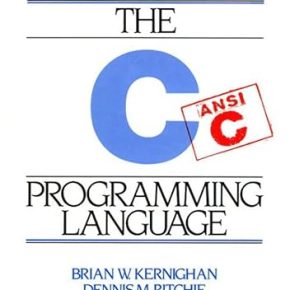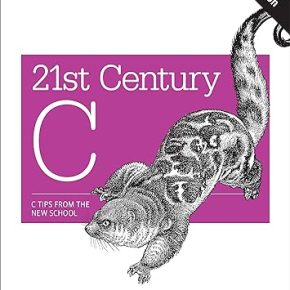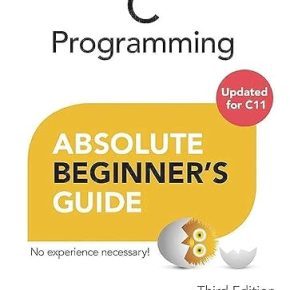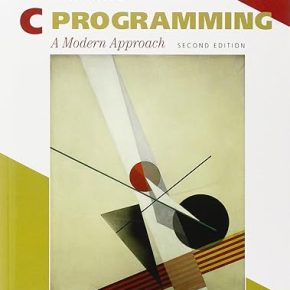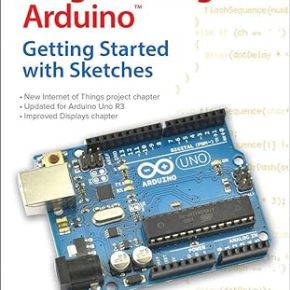C programming is a compelling systems programming language that is a general-purpose and procedure-oriented programming language. It is the most widely used programming language as it sets the fundamental paradigm to develop modern operating systems, compilers, and other systems software. It is an excellent programming language to start learning as a beginner programmer.
Why Learn C Programming?
C programming language should be the first programming language for students and professionals to become a great Software Engineer, especially when working in Software Engineering Domain. Here I have listed down some of the critical advantages of learning C Language:
- It helps to understand how a computer works, i.e., how the data is stored and retrieved in the computer system.
- It provides the foundation for learning other programming languages such as C++, Java, Python, etc.
- It can handle all the low-level activities and high-level activities in computer systems and compile in almost all of the development platforms.
- Here are some of the quotes from people who prefers C as first programming language to learn.
Facts about C Language
- Language of Choice – C language is still the programming language of choice in OS Development, Compilers, and other Systems software development. Here is the paper studying evolution of C.
- Structured Programming – To solve a problem, C programming language divides the problem into smaller modules called functions or procedures.
- Execution Speed – C programs run much faster than any other programming language due to less overhead of libraries and support for other facilities such as garbage collection, dynamic typing.
- Portable Programming Language – Standard C programs are much portable and run without any changes in a wide variety of systems.
First C Program “Hello World”
C is relatively straight forward and simple to use programming language. Here is the most simple program written in the C language. Click on the tutorial links on the left side for detailed information.
1 2 3 4 5 6 | #include <stdio.h> int main() { printf(“Hello World\n”); return 0; } |
How to start with C Programming?
Are you confused about starting with C? Here are some of the resources to get you started.
First and foremost, use links on the left to learn about a specific C Topic.
Further, we have picked the ten most trusted C Programming Sources to get you started.
To get you more excited about learning C, we have compiled a list of 10 best applications written in C and C++.
One of the best ways to learn C is writing the code and following the code examples. We have over 100 small C example code to demonstrate different Programming concepts. You can use them in your practice.
Finally, if you are a book enthusiast, then below is the list of ultimate Programming Books for Beginners who want to learn C.
Here’s Must-Read List of C programming books for beginners
C Programming Language, 2nd Edition
With over 600 5-star reviews on Amazon, readers agree that C Programming Language, 2nd Edition by Brian Kernighan and Dennis Ritchie is the best C Programming book for Beginners. The authors present the complete guide to ANSI standard C language programming. Written by the developers of C, this new version helps readers keep up with the finalized ANSI standard for C while showing how to take advantage of C’s rich set of operators, economy of expression, improved control flow, and data structures.
21st Century C: C Tips from the New School
Throw out your old ideas about C and get to know a programming language that’s substantially outgrown its origins. With this revised edition of 21st Century C, you’ll discover up-to-date techniques missing from other C tutorials, whether you’re new to the language or just getting reacquainted.
C Programming Absolute Beginner’s Guide
Greg Perry is the author of over 75 computer books and known for bringing programming topics down to the beginner’s level. His book C Programming Absolute Beginner’s Guide, is today’s best beginner’s guide to writing C programs–and to learning skills to use with practically any language. Its simple, practical instructions will help you start creating useful, reliable C code, from games to mobile apps. Plus, it’s fully updated for the new C11 standard and today’s free, open source tools!
C Programming: A Modern Approach, 2nd Edition
KN King tackles on some C standard library specifics header by header in his C Programming: A Modern Approach book. The second edition maintains all the book’s popular features and brings it up to date with coverage of the C99 standard. The new edition also adds a significant number of exercises and longer programming projects, and includes extensive revisions and updates.
Programming Arduino: Getting Started with Sketches
Simon Monk, a Ph.D. in software engineering, writes this great little book for learning to program the arduino using C language. This bestselling guide explains how to write well-crafted sketches using Arduino’s modified C language. You will learn how to configure hardware and software, develop your own sketches, work with built-in and custom Arduino libraries, and explore the Internet of Things—all with no prior programming experience required!

